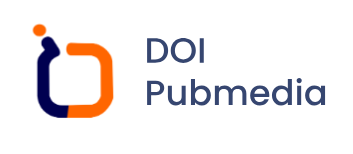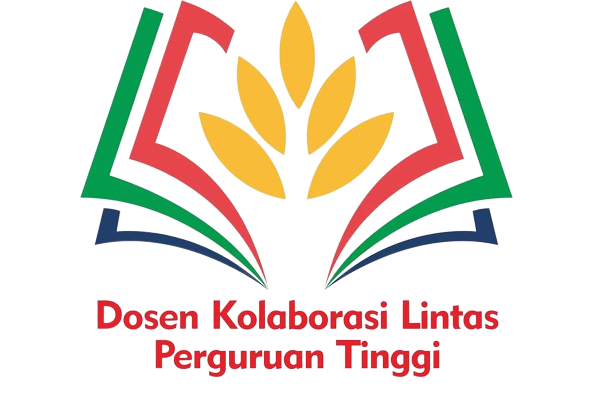COVER JOURNAL
TABLE OF CONTENT
TOOLS
ISSN BARCODE
VISITORS
MATRIX JOURNAL
IN COORPORATION WITH



The manuscripts are the results of research, field research, or literary research and review articles that reflect social phenomena, including issues, which are original and have never been published in other journals.
The writing guideline for research outcome consists of:
Title
The title should not exceed 12 words; it should be clear, concise, and informative. Abbreviations should be avoided.
Name of the author
The name of the author is written without any academic degree, followed by the name of the author’s institution, located under the title of the article. In case the manuscript written by a team, the editor is only in contact with the main author or the first mentioned. The main author must include his/her correspondence address or email.
Abstract with keywords
The length of the abstract is around 150-200 words, while the limit of keywords is 3-5 words. The abstract, at least, must contain the aim(s), methods, and result of the research.
Introduction
The introduction should contain (sequentially) the general background and research question or hypothesis. If there is a literature review, it can be included in this chapter. The study objective should be written at the end of the introduction. The introductory section should emphasize the state of the arts of the research and contain a novelty to the theory or concept being studied.
Methods
The research methods should elaborate on the method utilized in addressing the issues including the method of analysis. It should contain enough details allowing the reader to evaluate the appropriateness of methods as well as the reliability and validity of findings. Specifically, the method includes the research design used (methods, data types, data sources, data collection techniques, data analysis techniques, variable measurement) written in flowing paragraphs (no numbering is made).
Results and Discussion
The author should explain the results of the research (what was discovered) in detail. The research result and discussion section contain the results of the research finding and their ensuing discussions. The finding acquired from the results of the conducted research should be written with the supplementary support of adequate data. The research results and findings should be able to resolve or provide explanations to the question stated in the introduction. The discussion of the findings is argumentative regarding the relevance of the results, theory, prior research, and empirical facts revealed, and shows the novelty of the findings. This section also includes the theoretical and practical implications of the study, limitations, and future research directions.
Conclusion
The concluding statement should contain a summary and suggestions. The summary should exemplify the answers provided to the hypothesis and/or research objectives or acquired findings. The summary should not contain repetition of research results and discussions, and it should instead contain a summation of research results and findings as expected in the research objective or hypothesis. The suggestions should present matters that will subsequently be conducted in relation to the research’s ensuing concepts.
References
All references cited in the text of the article should be written in the bibliography section. It should include references obtained from primary sources (consisting of scientific journals amounting to 80% of the entire bibliography) that have been published in the last 5 (five) years. The remaining 20% may include research articles or research reports (thesis, books, and other relevant publications). When formatting your reference, please follow the APA reference style (visit link http://www.apastyle.org/). Ensure that the references are strictly in the journal's prescribed style, failing which your article will not be accepted for peer-review. Using a standard citation application or reference manager is preferable (eg. Mendeley, Zotero, Endnotes).
Books
Berger, P., & Luckmann, T. (1991). The social construction of reality: A treatise in the sociology of knowledge. Penguin Books.
Fligstein, N., & McAdam, D. (2012). A theory of fields. Oxford University Press
Book Chapter
Kluttz, D. N., & Fligstein, N. (2016). Varieties of sociological field theory. In S. Abrutyn (Ed.), Handbook of contemporary sociological theory (pp. 185–204). Springer International Publishing.
Journal Article
Swartz, D. L. (2014). Theorizing fields. Theory and Society, 43(6), 675–682.
Jens Beckert. (2010). Institutional isomorphism revisited: Convergence and divergence in institutional change. Sociological Theory, 28(2), 150–166.
Journal Governance Society This work is licensed under
a Creative Commons Attribution-ShareAlike 4.0 International License![]()
Published by:
CV. Austronesia Akademika, Tanjungpinang City. Kepulauan Riau Province. Indonesia
Email: [email protected] | Website: austronesiaakademika.com
